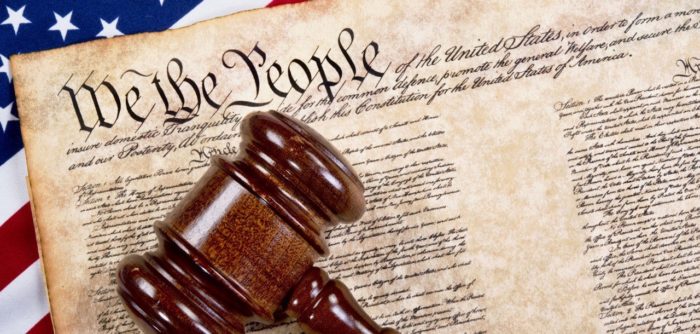 One of the things I like about blogging is that it is an interactive forum. Often times the conversation in the comments dwarfs the original article in scope and depth. I use this to learn as much from my readers as they do from me, and improve my understanding of topics and ability to communicate them. Sometimes points raised in the comments deserve the treatment of a full blog post, not just answers in the comments.
One of the things I like about blogging is that it is an interactive forum. Often times the conversation in the comments dwarfs the original article in scope and depth. I use this to learn as much from my readers as they do from me, and improve my understanding of topics and ability to communicate them. Sometimes points raised in the comments deserve the treatment of a full blog post, not just answers in the comments.
Yesterday I wrote in support of crowdfunding sites like GoFundMe applying standards to protect their users from fraud and abuse, specifically not allowing their site to be used to fund clear medical quackery. I took the time in this article to spell out my basic approach to the concept of regulation, because it is a common theme here. Part of skeptical activism and science communication is consumer protection against fraud and abuse. I believe that proper regulation is essential to protect the public from fraud, and so I am often called upon to defend the very concept of regulation itself.
One commenter raised what I find to be the two most common pillars of objection to regulation – the slippery slope argument and the question of who gets to decide. Neither objection, when used as a blanket or overreaching argument against regulation, is valid. Let’s start with the slippery slope.
For background, a slippery slope argument is one that concludes that if step A is taken, this will lead inevitably or very likely to step B. Since most people would find B unacceptable, we should be cautious about taking step A. To support this argument it is often further argued that there is no difference in principle between A and B, and therefore in order to be fair and internally consistent, we cannot take step A without B. This form of argument becomes a slippery slope fallacy when the premise that A inevitably leads to B or should if we are being consistent is simply wrong, or at least an unwarranted assumption. Remember, we are talking about informal logical fallacies here, so they are not always wrong. That depends on the specific context.
What the slippery slope fallacy ignores is that ethics and legislation is often about balancing two or more valid principles and concerns. When it comes to regulation we are often talking about freedom vs security or protection. Striking a balance between these two does not mean we will inevitably surrender all our freedom, any more than it means we will inevitably live in total anarchy. In fact, legal principle and precedent enshrines this balance – the state has the right to regulate various things, but must demonstrate a compelling interest before encroaching on a recognized personal freedom.
Let’s take helmet laws as an example. People have the freedom (in principle) to decide for themselves if they want to wear a helmet when riding a bike or motorcycle, but governments often assert their right to decide for individuals, and essentially make it a fineable offense to ride without a helmet. What is the state’s compelling interest? Well, if you get into an accident which results in brain injury, you may become a burden to the state and therefore others. Your injury would affect other people, by raising their health insurance premiums, or using public resources. Is that enough? Regardless of where you come down, the deeper point is – the decision is based upon a balancing of these various concerns. We can make an individual decision without obligating every similar decision to be decided in the same way. If we allow the state to force us to wear helmets, that does not mean they have a green light to micromanage every single life decision we make. Or if we decide the state does not have that right, that doesn’t mean they also don’t have the right to enforce speed limits. For every decision, the state has to demonstrate a compelling interest which is greater than the personal freedom being sacrificed. Each decision is individual – no slippery slope.
Continue Reading »
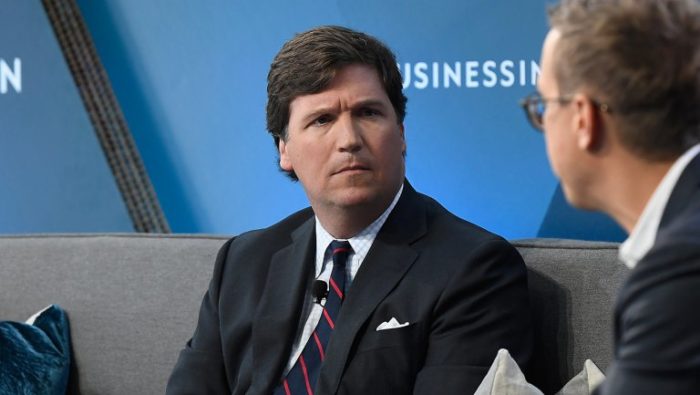 The line between news and commentary has arguably become more blurred in recent decades. This has implications for libel law, which also reflects the shifting media landscape. A recent lawsuit involving Tucker Carlson illustrates the problem.
The line between news and commentary has arguably become more blurred in recent decades. This has implications for libel law, which also reflects the shifting media landscape. A recent lawsuit involving Tucker Carlson illustrates the problem.
 During the current national attention being paid to police practice and inequities of police killing of African Americans it is important to put the data that we have into as much context as possible, in order to understand the phenomenon and make sure that our efforts to improve the situation are properly targeted. Unfortunately, the data are complex, which makes it easy to see what one wants to see. I will try to break down the research as objectively as I can, although it is likely that perception of bias will also depend on perspective.
During the current national attention being paid to police practice and inequities of police killing of African Americans it is important to put the data that we have into as much context as possible, in order to understand the phenomenon and make sure that our efforts to improve the situation are properly targeted. Unfortunately, the data are complex, which makes it easy to see what one wants to see. I will try to break down the research as objectively as I can, although it is likely that perception of bias will also depend on perspective. The following quote from a recent address to graduating student resonated with me:
The following quote from a recent address to graduating student resonated with me: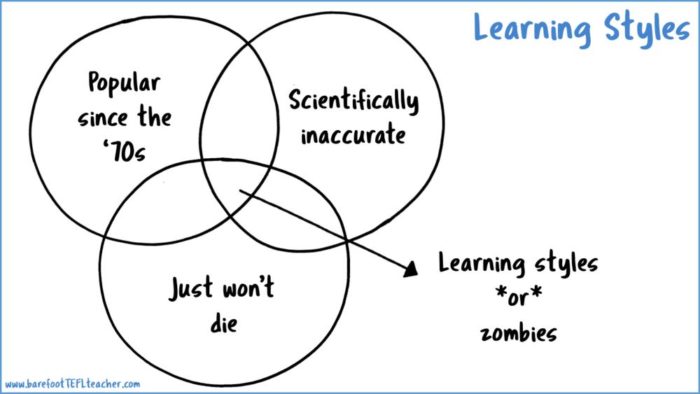
 This has to be the
This has to be the  One of the things I like about blogging is that it is an interactive forum. Often times the conversation in the comments dwarfs the original article in scope and depth. I use this to learn as much from my readers as they do from me, and improve my understanding of topics and ability to communicate them. Sometimes points raised in the comments deserve the treatment of a full blog post, not just answers in the comments.
One of the things I like about blogging is that it is an interactive forum. Often times the conversation in the comments dwarfs the original article in scope and depth. I use this to learn as much from my readers as they do from me, and improve my understanding of topics and ability to communicate them. Sometimes points raised in the comments deserve the treatment of a full blog post, not just answers in the comments.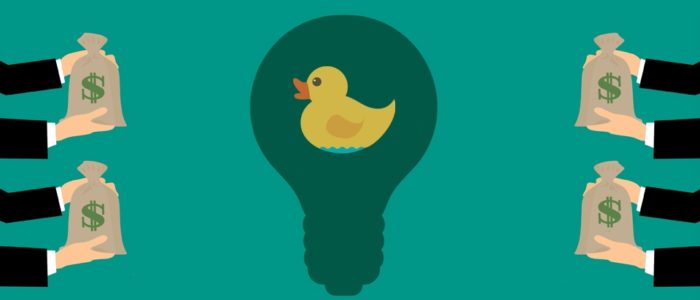
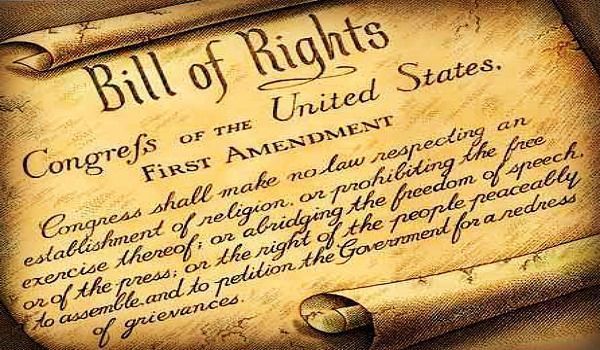 The Ohio State House recently
The Ohio State House recently  I still remember the PSA of the crying American Indian, sad because of all the trash that the modern world was spreading in the previously pristine environment. It was powerful, and it had a real impact on me. The ad was sponsored by Keep America Beautiful, and I (like most everyone else) assumed this was an environmental group interested in keeping America beautiful.
I still remember the PSA of the crying American Indian, sad because of all the trash that the modern world was spreading in the previously pristine environment. It was powerful, and it had a real impact on me. The ad was sponsored by Keep America Beautiful, and I (like most everyone else) assumed this was an environmental group interested in keeping America beautiful.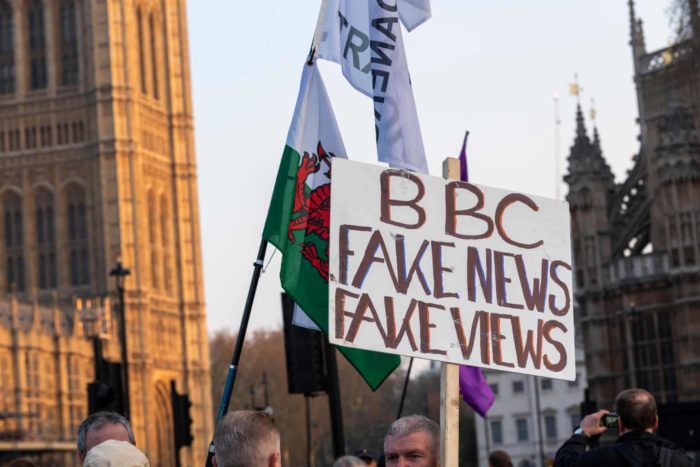 One experience I have had many times is with colleagues or friends who are not aware of the problem of pseudoscience in medicine. At first they are in relative denial – “it can’t be that bad.” “Homeopathy cannot possibly be that dumb!” Once I have had an opportunity to explain it to them sufficiently and they see the evidence for themselves, they go from denial to outrage. They seem to go from one extreme to the other, thinking pseudoscience is hopelessly rampant, and even feeling nihilistic.
One experience I have had many times is with colleagues or friends who are not aware of the problem of pseudoscience in medicine. At first they are in relative denial – “it can’t be that bad.” “Homeopathy cannot possibly be that dumb!” Once I have had an opportunity to explain it to them sufficiently and they see the evidence for themselves, they go from denial to outrage. They seem to go from one extreme to the other, thinking pseudoscience is hopelessly rampant, and even feeling nihilistic.




